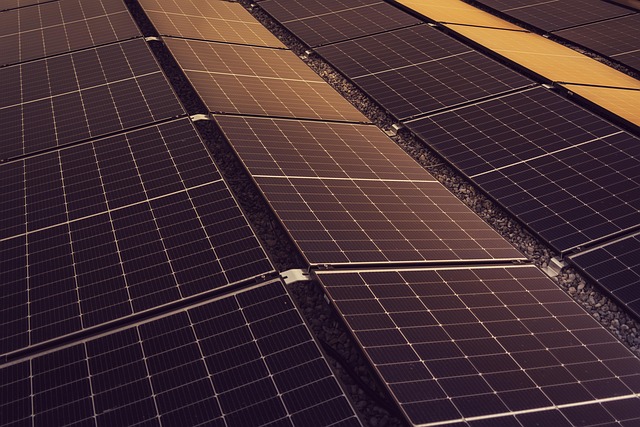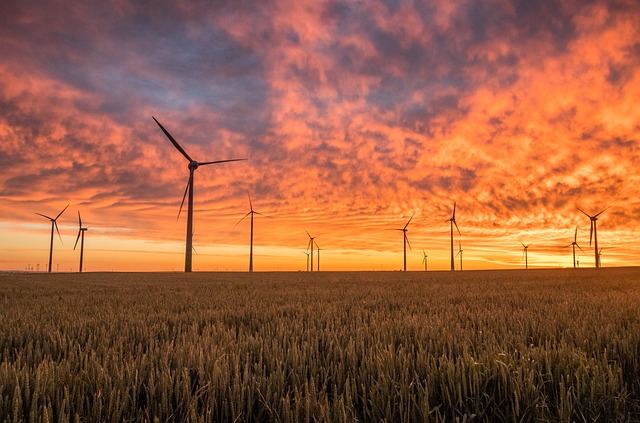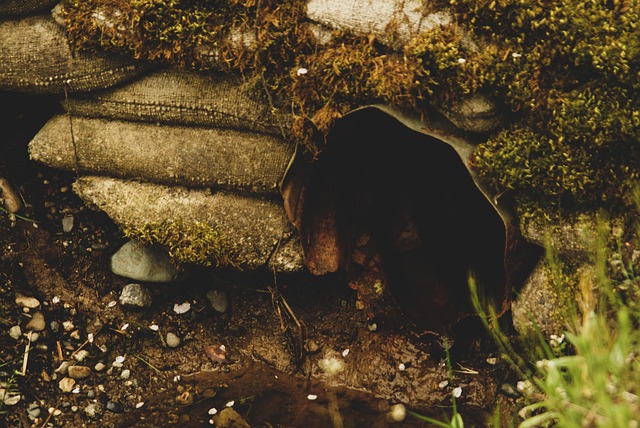In our collective pursuit of sustainability, one area that deserves more attention is water softening energy demand. As households and industries seek to create a more efficient water management system, the quest for reducing energy consumption is a crucial step towards sustainable development. Water softening is often essential for enhancing the quality of our water supply, but it doesn’t have to come at the cost of our planet’s health.
By understanding how water softening systems typically operate, we can start to identify areas that can be optimized. Traditional water softening technologies often require considerable energy to function, leading to increased operational costs and a larger ecological footprint. However, the introduction of green technologies offers an innovative path forward. Advanced systems, when combined with renewable energy sources, can significantly reduce the overall energy demand associated with water softening. Solar and wind energy are becoming increasingly viable options that not only minimize carbon emissions but also empower users to take control of their energy consumption.
Even small changes in how we soften our water can serve as critical steps towards carbon neutrality. Upgrading to high-efficiency softeners or utilizing ion exchange systems that require less frequent regeneration can drastically lower the water softening energy demand. These innovative solutions can help families and businesses alike mitigate their carbon footprints without sacrificing water quality.
Another avenue worth exploring is the integration of smart technology into water softening processes. Smart meters and IoT devices provide real-time data, allowing users to monitor and track water quality, softness, and energy consumption. This intelligence not only enhances efficiency but also fosters a more conscious approach to water usage, underscoring the importance of mindfulness in our operations.
As we shift towards carbon neutrality, it’s vital to recognize the interconnectedness of our actions. By choosing methods that lower water softening energy demand, we help to safeguard the environment for future generations. We must take these steps not just as individuals, but as a collective. Every small shift in technology usage contributes to a larger narrative focused on ecological preservation and sustainable growth.
Ultimately, achieving a balance between effective water quality management and environmental stewardship is possible and essential. Embracing sustainable methods to reduce energy consumption in water treatment leads us towards a future where caring for our planet aligns with our daily needs. Every action, no matter how minor it may seem, can create ripples of change that transcend immediate benefits, ushering us toward a carbon-neutral tomorrow.




